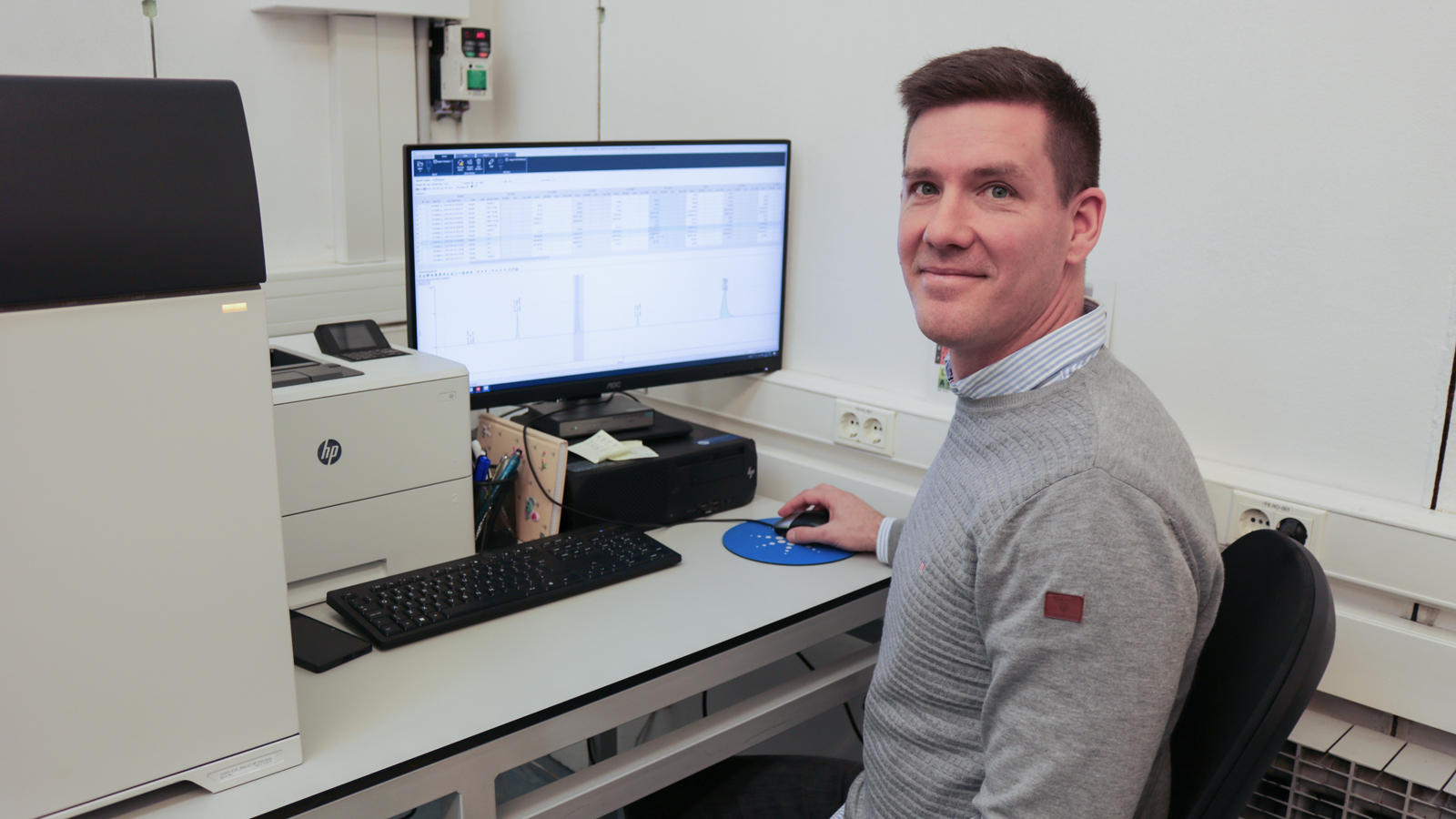This method has, for the first time, enabled quantitative measurement of lead nanoparticles in solid environmental samples such as sludge. A survey of sludge from five Croatian wastewater treatment plants showed that each gram of sludge hides between ten million and thirty billion nanoparticles, depending on the metal and the sample. Despite these impressive numbers, these particles account for less than two percent of the total amount of metal in the sludge.
Risk assessment suggests that the current use of sludge in agriculture carries negligible to low environmental risk. This means that, for now, these nanoparticles in sludge are unlikely to harm the environment. However, for some types of nanoparticles in soils, such as lead nanoparticles, ecotoxicological studies do not yet exist, so they still need to be carried out, and particular attention should be paid to nanoparticles such as silver and zinc, since they are more reactive and dissolve more easily, so in the long term they may have a stronger impact on soil and water.
The team has developed an optimised method that gently releases nanoparticles from the sludge without altering them. Using a specialised inductively coupled plasma mass spectrometry technique, ICP-MS, which literally captures and counts nanoparticles one by one, they counted the particles and determined their size. The method covers seven key environmentally relevant metals, silver, Ag, gold, Au, cerium, Ce, copper, Cu, lead, Pb, titanium, Ti, and zinc, Zn, and is robust enough for routine monitoring.
“We have developed a procedure that literally rinses nanoparticles out of the sludge using a mild solution of tetrasodium pyrophosphate, which acts on the nanoparticles and the sludge like a fabric softener when it lifts a stain from cloth. We then used an inductively coupled plasma mass spectrometer, an instrument that captures them one by one, counts them and measures them. After numerous tests we arrived at the best ‘recipe’, in which the ratio of sludge to the mild solution is about 1:100,” explains Dr Mavro Lučić, first and corresponding author of the paper from the IRB Division for Marine and Environmental Research.
“It is particularly important that we can now reliably measure lead in nanoform in solid samples, which paves the way for more precise risk assessments. The results also show that existing regulations need to be upgraded so that they distinguish nanoforms of metals, because they behave differently in the environment than ‘conventional’ forms due to their small dimensions and high reactivity. For agriculture the message is reassuring. Current ways of using sludge probably do not carry high risk, but silver and zinc deserve extra attention because of their solubility and possible long term effects. In short, we can now routinely monitor sludge and soil, which gives cities, wastewater utilities, inspectorates and scientists a tool to track trends and respond quickly,” says Dr Lučić.
dr. sc. Željka Fiket and dr. sc. Mavro Lučić
We can say that the scientists have developed a “magnifying glass” that clearly shows how many nanoparticles are actually present in sludge. With this knowledge, better and safer decisions can be made.
The results have very practical benefits. Public utilities, inspectorates and decision makers can now rely on robust figures, and nanoparticles in sludge can finally be monitored like any other relevant component of the environment.
This level of visibility is also crucial for shaping new regulations. Nanoforms of metals behave differently from their “conventional” forms, they are more mobile and sometimes more reactive, so they need to be regulated accordingly. In short, the new method helps maintain a balance between the sustainable use of sludge and the protection of soil, water and the food chain, with reasonable caution regarding silver and zinc, which show higher reactivity and therefore greater potential risk.
The study was published in the journal Journal of Hazardous Materials, and alongside Dr Mavro Lučić and Dr Željka Fiket from IRB, the research team includes Dr Radmila Milačič Ščančar, Dr Janez Ščančar, Dr Bor Arah and Dr Janja Vidmar from the Jožef Stefan Institute.
The research was carried out in collaboration between IRB and the Jožef Stefan Institute, with support from the Slovenian Research and Innovation Agency, ARIS, Programme P1–0143, and a European Union, NextGenerationEU, fellowship.




